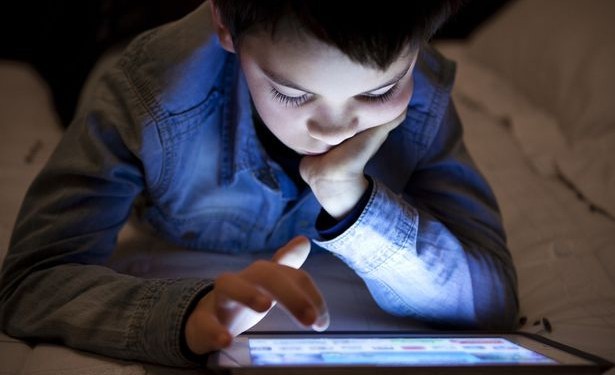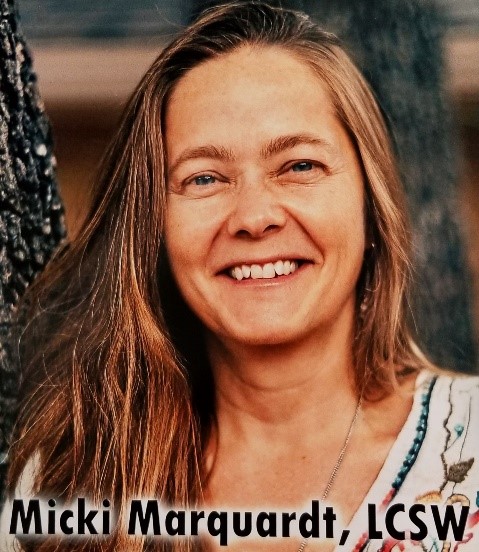Hope is Happening Here: Virtual Family Time is Happening
By Ally Smith
Two weeks ago, our new blog, “Hope is Happening Here,” took a look at the children’s transition from learning inside a classroom to learning virtually within the doors of Helping Hand Home. However, this is not the only service where we are now using technology to adapt and improve services for our children. The smart technology used for education–skype, google duo and zoom, for example–is being utilized for virtual psychiatry appointments, virtual family therapy, and even to introduce children to families interested in adoption!

Here at the Home, we help rebuild the children’s relationships with their families. The families visit in the evenings or on weekends, and the children get together with their siblings in parks or over meals. We also bring the children together with prospective adoptive families. We will not, however, allow social distancing to interfere with the strengthening of these relationships, which is why we are all working so hard to make these virtual social connections possible.
Micki Marquardt, our Director of Clinical Services, gives us a glimpse into these virtual visits and how they are positively influencing each child in a different way. She even gives us insight into how we can continue to implement some of these practices in the future.
How has the transition from in-person family visits and in-person therapy appointments to virtual only been overall?
I think the transition from in person family time to virtual has had an incredibly positive impact on our children. It has been interesting, and a little entertaining, to see social workers putting on I.T. hats trying to launch and figure out all of these different platforms. We use Google Duo and FaceTime, which allows the kids to use their iPads around campus with family members. It is neat that they can now do these visits anywhere around campus. One huge positive outcome has been frequency. Due to many of the children’s families living outside of the county, this transition has made their family more accessible and these visits consistent and much less sporadic, which has been great.

How are the children responding to the time spent with their families or loved ones using virtual tools?
This opportunity has definitely helped the kids feel more secure so they can actually see faces on the other side of the screen instead of just a voice. This change happened right before spring break. Several big visitations were cancelled. But, surprisingly, because it was across the board and not an individual thing, we noticed the kids really felt that it was fair. I think they also noticed quickly that big things were happening outside the campus, which made them very aware that something serious was happening.
What is a unique, specific example of how this change has had a positive outcome on our campus?
Our kids are all in different stages of their treatment plans. We have one little girl who has been here for a longer amount of time, who was ready to begin longer visits with a brand new foster-to-adopt family. Due to the change, we began scheduling long video chats with her and the family. Because of the accessibility of the technology, these visits were even more frequent than she would be able to visit with them in person. The clinical staff and the family finally made the choice that she is ready to transition into the family’s home. She is very excited, and so is the family, which is just what we want.
The Residential Treatment Center and the Foster and Adoption Program are putting additional supports in place because the family is in Austin. Therefore, we will maintain virtual visits and in- person visits as well. In this situation, it really sped up the placement process in a fantastic way. We also have one boy who will be virtually introduced to a brand new family this week. We will see how it goes and listen to his cues to make sure he is totally on board with this virtual process as well!
Do you think we will incorporate any of the virtual innovations even after the social distancing period is over?
I really do. For example, with the virtual family visits and the virtual appointments with our children and their psychiatrist, we have seen a very positive change in the children’s transitions, making them more organic rather than being on a set schedule. Speaking of transitions, we have one family that is receiving therapy digitally. The child recently left HHH for his forever home in mid-March, at the beginning of the COVID crisis. We have done a few sessions with him and his family and it’s been so nice to do the aftercare support with them. As a team, we have discussed that this is a practice we may continue if a child moves out of the county and in-person visits are not as accessible. I think when this is all over there will be a lot more people in this field who will be using these platforms more frequently.
Our Direct and Clinical Staff have been hard at work making sure each child feels the unconditional support and love not only inside the doors of Helping Hand Home, but also in the community as well. This uncertain time has revealed how incredibly important these social connections are to the valuable work we do at HHH and to each one of our children’s unique and special journey.
We are aware things are a little different for now, and we are aware this global pandemic may make our jobs, schooling, social lives and plans look a little different. However, with the support of our staff, committed donors, foster families and volunteers, we will not let this pandemic alter our mission “To provide a nurturing and therapeutic home for children and to restore each child to a healthy family setting.” We thank you for trusting and supporting us to see this mission through, one child at a time.

Recent Comments